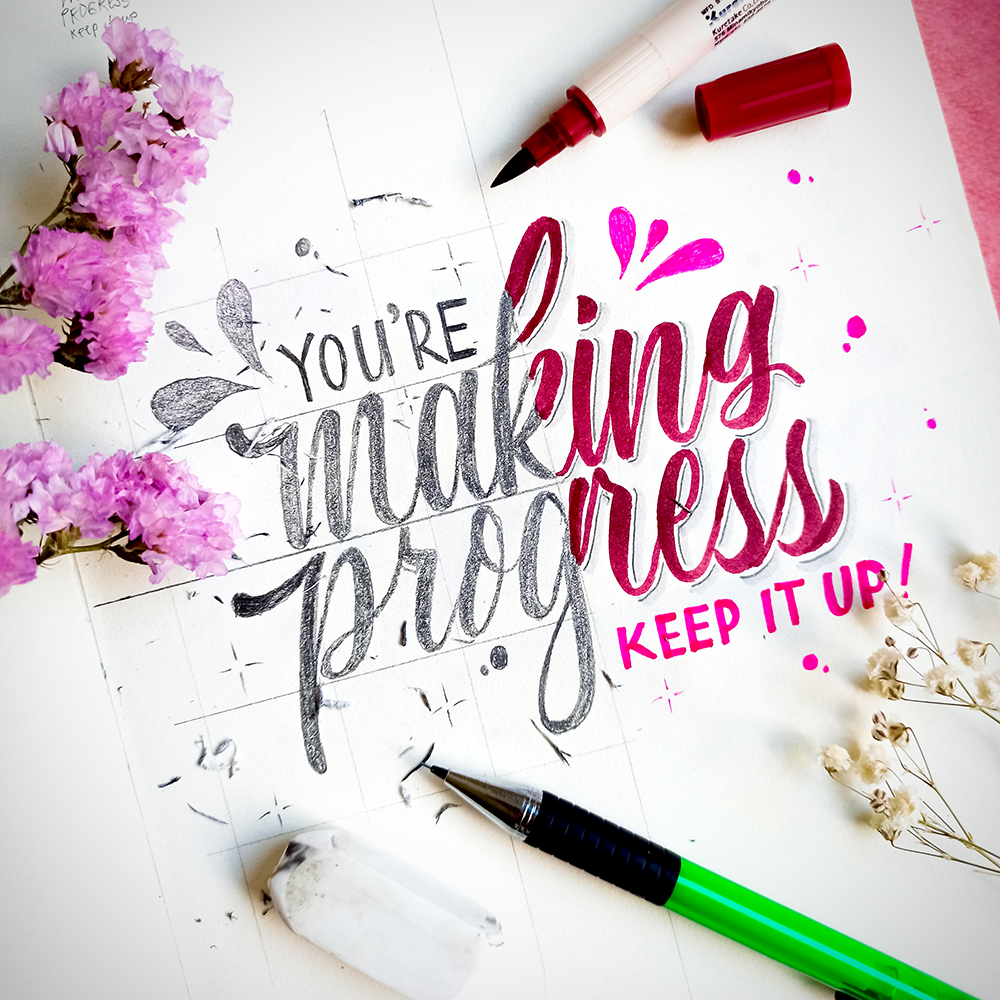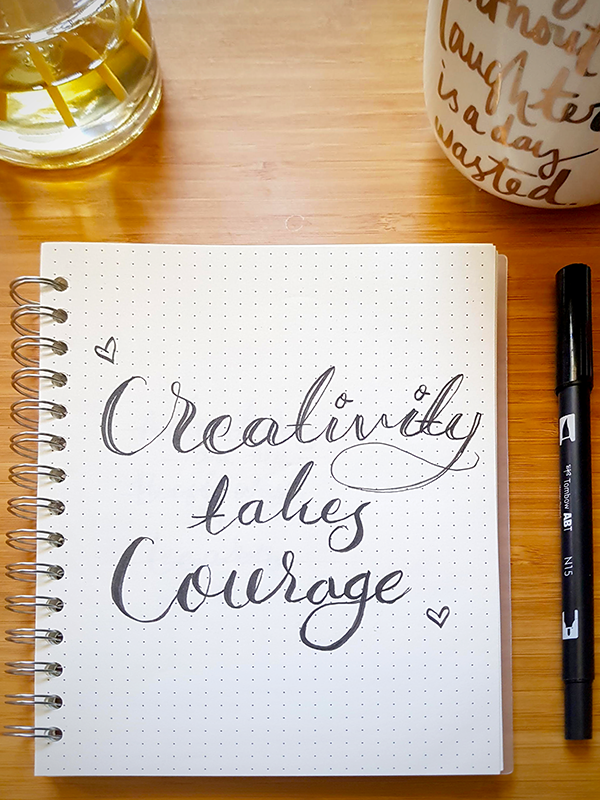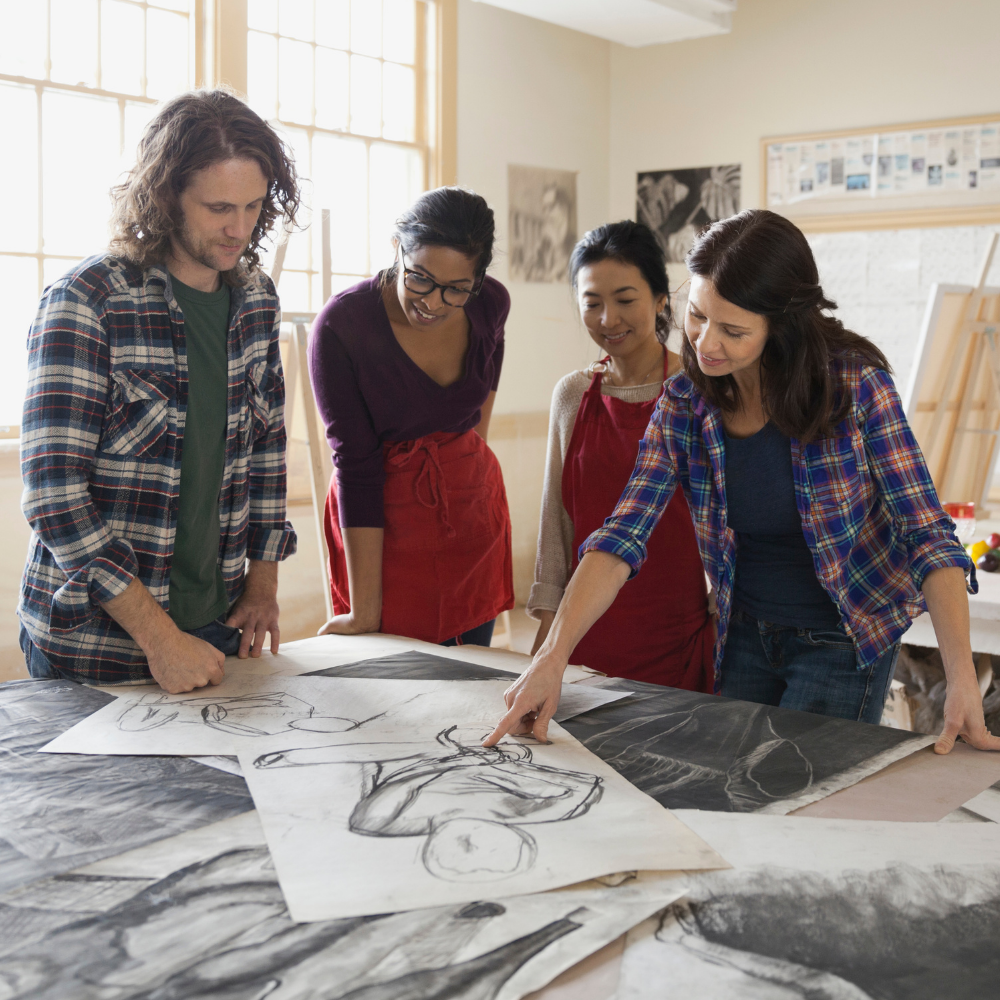Looking to take your art critique skills to the next level?
Wanting to hone your craft and push the boundaries of your work?
Do you want to benefit from constructive feedback, but don’t know where to start when it comes to critiquing art?
If so, then this is just what you need!
As an artist, one of the most essential tools in your box is being able to critique art because seeking and receiving critiques can be a transformative process that fuels growth and creativity.
Critiques are a great way for artists and creators to gain insight into their artistic practice and produce better results.
It’s not enough to be able to create a beautiful piece of work; you must also have the ability to look at it objectively and offer advice from an outsider’s perspective.
Learning how to critique artwork can be intimidating for budding creators, but it's such an important skill that will help improve both your craft and those around you.
No matter what stage of the journey you are on, understanding the basics of critiquing can make all the difference in giving effective feedback that pushes both yourself and others into creating even better works.
In this blog post, we explore the tips and tricks for learning the art of critiquing so that you can become a confident critic!
This article will teach you how to give amazing critiques that provide insightful guidance in order for others—and yourself—to become more confident, thoughtful creators.
Read on for tips and tricks on how to hone your craft and become an art critic pro!
Get ready for a fun and insightful ride that will leave you inspired to embrace the transformative power of critique!

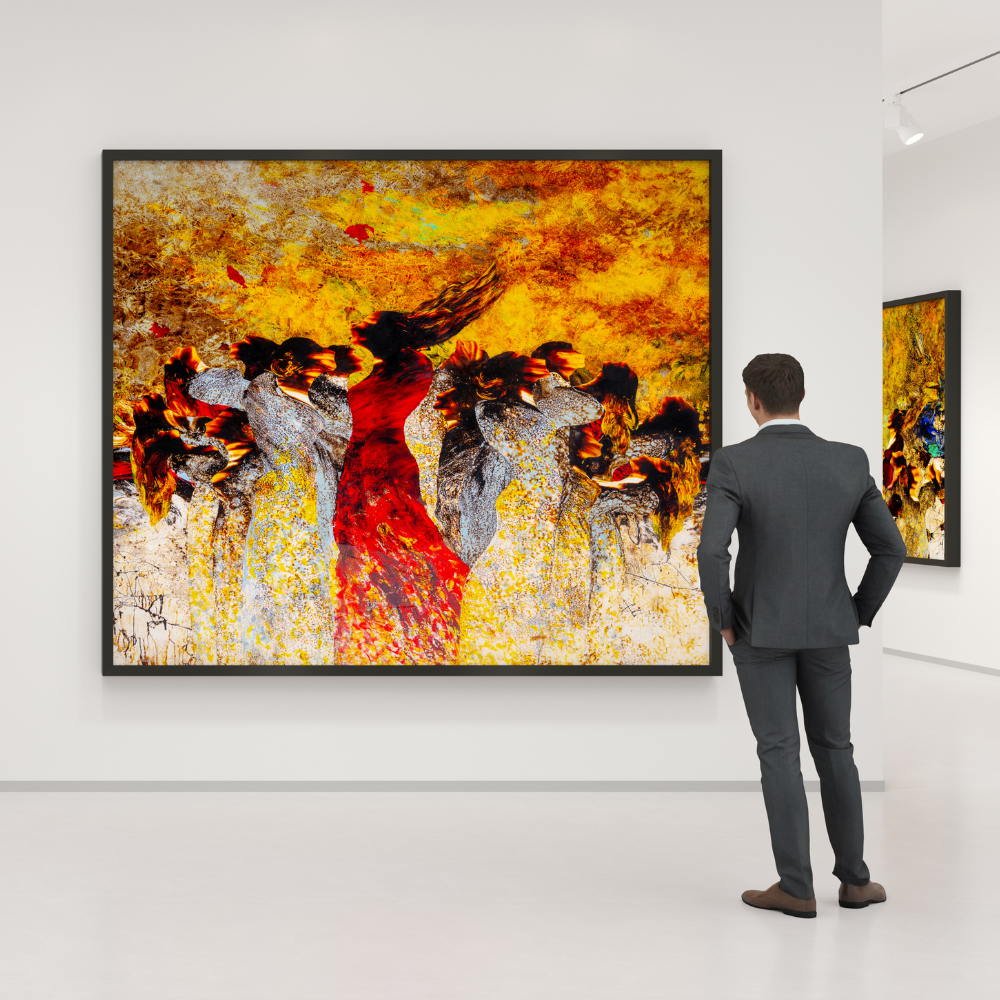

What Are Art Critiques?
Art critiques are meant to be constructive feedback sessions that provide artists with a fresh perspective on their work.
This feedback can be beneficial in helping you identify your strengths and weaknesses. Sharp criticism can also point out blind spots that may have gone unnoticed, allowing you to explore new ideas and techniques.
Ultimately, the goal is to help you improve your skills and find new avenues of creativity.
Art critiques can be conducted in many different ways. You could have a formal session with multiple peers and mentors, or it could be as simple as having one-on-one conversations with friends to discuss their work.
No matter what format you choose, the criteria for an effective critique should always remain the same: respectful communication, well-informed opinions, and constructive feedback.
Art criticism is an essential skill for any artist.
It’s important to learn how to give and receive critiques in order to grow and become better at what you do.
No matter what art forms you’re working with, understanding the basics of art critiques can help you become a more conscious creator.



What Makes a Good Critique?
A good critique is structured, thoughtful, and balanced. It goes beyond simply stating personal preferences and offers constructive guidance.
The most effective critiques are ones that provide the artist with tangible next steps.
Instead of just pointing out what you don’t like, try to think about how to improve the work and offer solutions on how to achieve that.
Be aware of your tone when you are critiquing as well.
It's important to be respectful and understanding, especially when critiquing artwork of fellow creators.
When giving feedback, articulate your points clearly and use facts and evidence to back up your claims. This will help create an attitude of understanding and appreciation instead of judgment or criticism.
It’s also important to remember that everyone is different and there is no one-size-fits-all approach to critique.
Everyone will have different opinions, ideas, and experiences that shape the way they view the world and art.
Positive feedback is just as important as constructive criticism, so be sure to recognize the good aspects of a work and encourage growth from there.
Here are some elements of a good critique:
- Objective Analysis: A good critique objectively analyzes the visual elements of the artwork, including composition, color, texture, and technique.
- Constructive Feedback: It provides specific feedback that highlights both strengths and areas for improvement, offering actionable suggestions.
- Honesty and Respect: A good critique is delivered with respect and tact, acknowledging the effort and intent behind the artwork.
- Contextual Awareness: The critic considers the context in which the artwork was created, such as the artist's background, intent, and thematic relevance.



Factors Influencing the Value of a Critique
A successful critique often depends on the artist's openness to feedback.
Every artist is unique and has their own creative style, so it’s important to consider the artist’s individual needs when providing critiques.
Sometimes an artist may not be open to criticism or may need a more gentle approach. In this case, it would be wise to focus on the positive aspects of the work and make suggestions for improvement while remaining respectful.
It’s also important to remember that criticism should never be taken personally, as it’s meant to help spur growth and provide insight into ways of improving one's craft.
The value of a critique is ultimately determined by how much the artist takes away from it.
To evaluate the value of a critique, consider these factors:
- Knowledge and Experience: The critic's expertise and understanding of artistic principles influence the depth and quality of their critique.
- Context: Understanding the context in which the art exists, including its historical, cultural, or social relevance, enhances the critique.
- Audience Perspective: Considering the intended audience and the message the artwork aims to convey helps gauge the effectiveness of the critique.



The Art of Evaluation: Breaking Down the Steps
Imagine stepping into a gallery, captivated by a stunning piece of artwork.
But how do you go beyond the initial awe and truly evaluate it?
Whether you're an artist, art teacher, or art enthusiast, understanding the elements of a good critique is essential.
Let's break down the essential steps of art critique:
- First Impressions: Explore how a piece resonates with you emotionally, making note of your initial reactions.
- Visual Analysis: Dive into the visual elements - composition, color, texture, and more. Uncover the secrets that make the artwork visually captivating.
- Interpretation: Delve deeper into the meaning behind the art. Interpretation is subjective, so let your imagination soar!
- Contextualization: Consider the historical and cultural context in which the artwork was created. Understanding the artist's perspective adds layers of richness to your evaluation.
- Evaluation: Evaluate the artwork objectively, balancing your personal preferences with constructive criticism. Offer suggestions on how to improve the work and set a course of action for future progress.
By breaking down art critique into these simple steps, you can develop your skills as an art critic and become better at providing meaningful feedback.


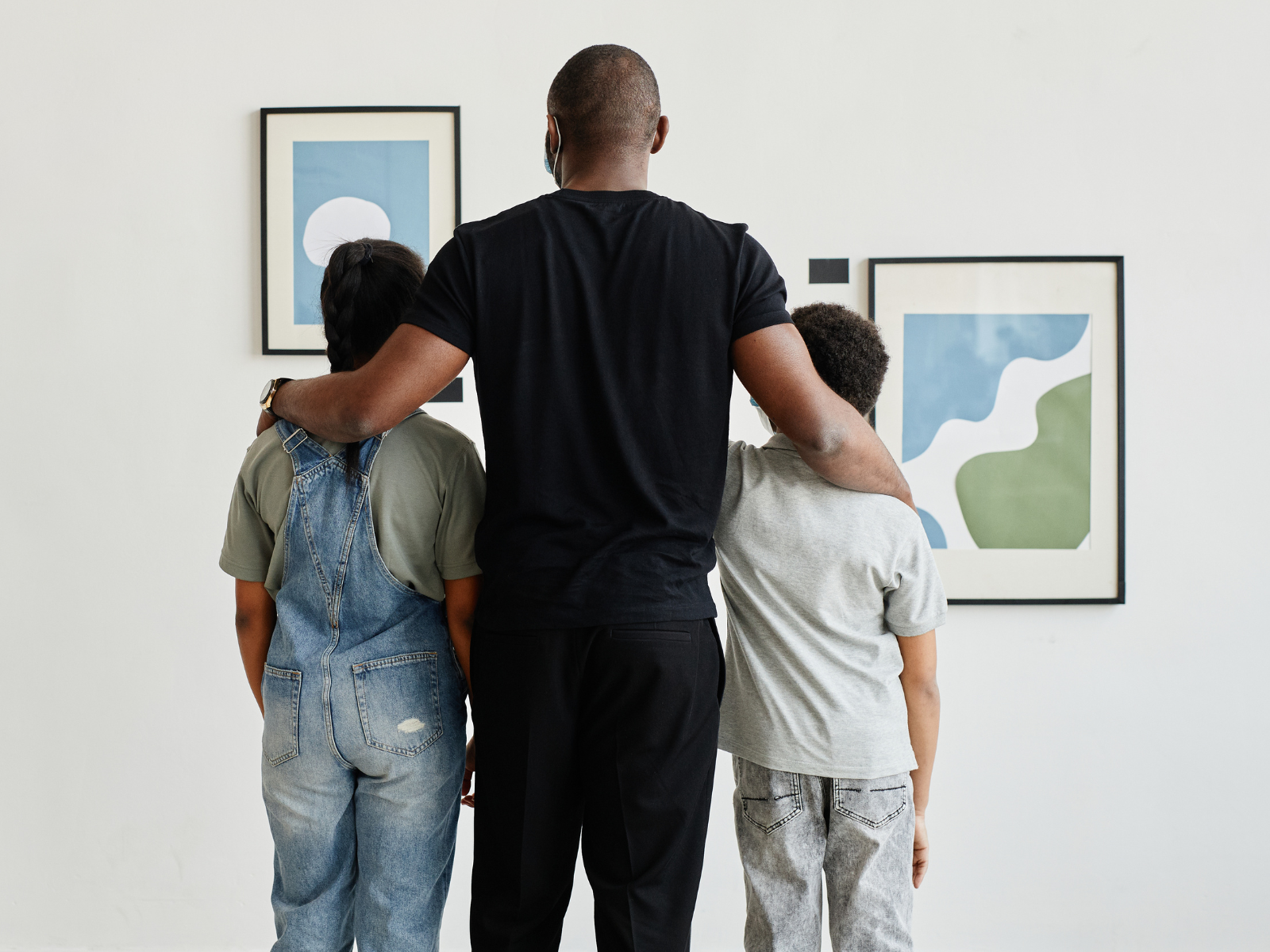
Embrace Feedback: Fuel for Creative Growth
Feedback is not something to fear, but rather a catalyst for growth.
As artists, we often become attached to our creations, but by welcoming critique, we open ourselves up to new possibilities.
Through critique, we can gain a fresh perspective and push the boundaries of our creativity.
Critiques are an opportunity to learn and grow—embrace them!
With practice, you will become more confident in your critiques and find yourself offering more insightful and meaningful guidance that will help others reach their full creative potential.
Here's how to utilize feedback effectively:
- Constructive Criticism: Embrace feedback that highlights both the strengths and areas for improvement in your work. It's a pathway to honing your craft.
- Seek Diverse Perspectives: Don't limit yourself to one opinion. Engage with a community of artists, mentors, and critics who offer diverse insights, broadening your creative horizons.
- Focus on a Growth Mindset: See critique as an opportunity for growth, not as a personal attack. Embrace the challenge of pushing boundaries and evolving as an artist.



Fostering a Culture of Constructive Criticism
Art communities thrive when artists support each other's growth.
As an artist, you can foster a culture of constructive criticism by setting a respectful tone and remembering that everyone has something to offer.
The most successful critiques are ones that come from a place of empathy, understanding, and respect.
It's important to remember that critique is not just about giving advice; it's also an opportunity to build relationships and create meaningful connections with other artists.
By opening up a dialogue of constructive critique, you can help foster an atmosphere of learning, growth, and creativity.
Let's explore how we can foster a culture of constructive criticism:
- Safe Spaces: Create environments where artists feel comfortable sharing their work without fear of harsh judgment. Encourage respectful and constructive dialogue.
- Collaborative Spirit: Embrace collaboration by seeking feedback during the creative process. The collective wisdom of fellow artists can elevate your creations to new heights.
- Celebrate Growth: Highlight success stories of artists who have embraced critique and evolved. Inspire others by showcasing the transformative power of feedback.



The Benefits of Receiving Critiques
Critiques offer artists a fresh perspective, constructive feedback, and opportunities for growth.
Keep in mind that critiques can lead to opportunities.
Learning how to critique art also involves learning how to be open to opportunities.
Acting on feedback given during critiques might open the door to new projects, collaborations, or commissions.
Here are some key benefits of embracing critiques:
- Gain New Insights: Critiques can provide invaluable insights and observations that you may have missed while immersed in your own work.
- Identify Areas of Improvement: Constructive criticism helps you identify strengths and weaknesses in your own artwork, allowing you to focus on areas that could benefit from refinement.
- Expand Creative Horizons: Critiques encourage you to explore new techniques, concepts, and approaches that you may not have considered before.
- Build Resilience: Learning to receive and process feedback with an open mind helps you build resilience and grow as an artist.



Analyzing Your Own Work
Art critics aren't the only ones who can benefit from critique; you can use the same techniques to evaluate your own work.
Before seeking external critiques, it's important to analyze your own work.
Learning how to critique yourself is an essential skill to have as an artist, as it helps you become more objective and aware of the areas where you need improvement.
It’s important to remember that self-critique should never be taken too harshly or personally.
Here are some steps to guide self-analysis:
- Step Back: Take a step back from your artwork and view it with fresh eyes, attempting to detach yourself emotionally.
- Identify Strengths and Weaknesses: Analyze the composition, structure, concept, technique, and visual impact of your art. Identify areas where you excel and those that require improvement.
- Seek Feedback from Others: Share your artwork with trusted peers or mentors for their insights. Consider their perspectives alongside your own analysis.
To evaluate your strengths and weaknesses effectively, consider the following examples:
- Strengths:
Identify elements in your artwork that stand out positively, such as unique style, effective use of color, strong composition, light and dark values, or skillful brushwork.
Celebrate and build upon these strengths.
- Weaknesses:
Pinpoint areas that need improvement, such as unresolved composition, inconsistent technique, weak storytelling, or lack of originality.
Embrace these opportunities for growth.
An art critique example focused on your own work may look like this:
I appreciate how my use of color and texture enhances the mood of my art. However, I think I need to work on improving my composition to make it more dynamic and balanced. I’m also looking for ways to make my subject matter more interesting and original.
By taking careful steps towards analyzing your own work, you can gain a clearer understanding of your strengths and weaknesses and develop more meaningful critiques.



Approaching the Critique Process
When receiving a critique, it's essential to approach the process with an open mind and constructive mindset.
Remember that critiques are not about criticism, but rather a dialogue between artists.
Art education is a two-way street—listen carefully and don't be afraid to ask questions.
Make sure to thank the critic for their time and effort in providing feedback.
- Listen and Reflect: Listen attentively to the critique, taking in both positive and negative feedback. Reflect on the suggestions and consider how they can enhance your own art.
- Ask Questions: Seek clarification on aspects that are not clear or require further elaboration. Engage in a dialogue with the critic to deepen your understanding.
- Embrace Growth Mindset: Embrace critique as an opportunity for growth and improvement. Resist the temptation to become defensive or discouraged. Remember, critiques are meant to help you evolve as an artist.



Tips for Giving Critiques
Now that we’ve established what art critiques are, let’s look at some tips on how to give effective critiques.
Art students, teachers, and aspiring artists can benefit from constructive feedback.
These tips will help you offer thoughtful and meaningful advice to your peers while ensuring respect is maintained throughout the process.
- Be Specific and Objective:
When giving criticism, be sure to focus on specific areas of the artwork rather than generalizations.
Avoid phrases like "it's just not working" or "it doesn't look right," instead opt for specific observations such as "the colors need more contrast" or "consider changing the angle of the subject."
Additionally, it's essential to remain objective and avoid personal opinions that may be influenced by bias.
- Ask Questions:
By asking questions, you can start a dialogue and gain more insight into the artist's process.
Questions such as "what motivated this piece?" or "what elements were you looking to explore with this art?" allow for deeper understanding of the work and provides insight into potential decisions behind it.
Asking questions can also help you provide better feedback and guide the artist in a more meaningful way.
- Offer Solutions:
The most valuable critiques are ones that offer solutions or tangible next steps.
Rather than simply pointing out what works and doesn't, offer suggestions on how to improve the piece.
Ideas could include varying the approach, exploring new techniques, or adjusting the composition.
The goal is to give advice that will help push the artist out of their comfort zone and into uncharted creative territories.
- Celebrate Successes:
Don't forget to celebrate success! Acknowledge the artist's achievements and give credit when due.
This motivates them to continue creating and inspires others to keep striving for improvement.
- Remember to Be Mindful in Your Approach:
While critique sessions should be frank, it's essential to approach them with a positive attitude.
Start with softer, positive aspects of the artwork, such as elements that stand out or that you appreciate.
As the critique continues, dive into more in-depth feedback, making sure to offer constructive criticism while still being polite and respectful.
- Engage in Active Listening:
When receiving feedback, make sure to truly listen and remain open to new perspectives.
Pay close attention to what the reviewer has to say, ask follow-up questions and comments, and take thorough notes.
While it's normal to feel defensive or frustrated, always keep an open mind and avoid letting negative emotions cloud the experience.
Those critiques are meant to help you grow, not judge you.



Critique Art for Growth
Congratulations on embarking on a journey of artistic growth through the art of critique!
You've just unlocked the secrets of art critique and discovered a powerful tool to propel your creativity forward.
Constructive criticism is essential for continued growth as an artist.
Rather than seeking justification or affirmation, the artist should take critiques as a challenge to improve, evolve their style, and enhance their work.
With this guide, you'll be ready to approach critique sessions like a pro and grow as a creator!
By seeking and embracing constructive feedback, analyzing your work objectively, and approaching critiques with an open mind, you are poised to refine your artistic skills and push the boundaries of your creativity.
Remember, critiques are invaluable tools for self-improvement.
At the end of the day, critiques should be a constructive dialogue between artists.
By embracing critique as an opportunity for personal growth and learning from one another, we can all reach new heights in our creative endeavors.
Whether in art class, among peers, or in a professional setting, embrace the process, grow as an artist, and continue to evolve your unique artistic voice!
So, let go of self-doubt and embrace the journey of artistic evolution.
Together, let's create a vibrant and supportive art community that celebrates growth and inspires generations to come!
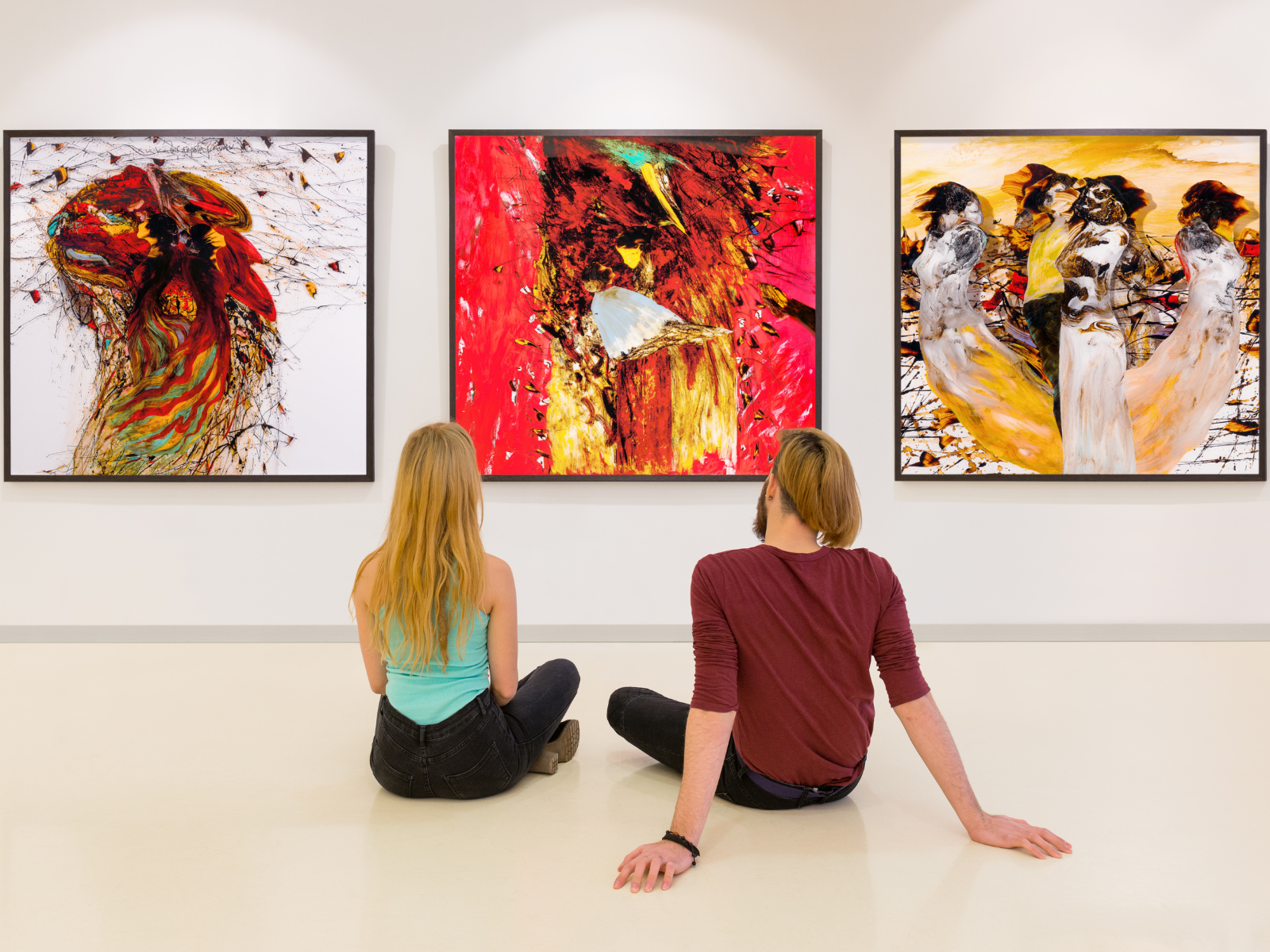


Eager to learn more about critiquing artwork? Check out Art Prof: Create & Critque's video!
Want even more content about creativity and art?
Be sure to check out all of our creative chronicles!
Ready to get creative with your art?
Check out some of our other articles:
-How do you analyze and critique art?
